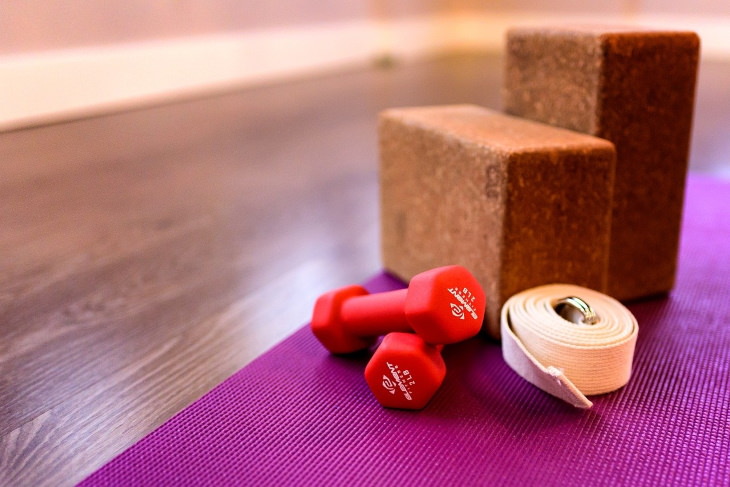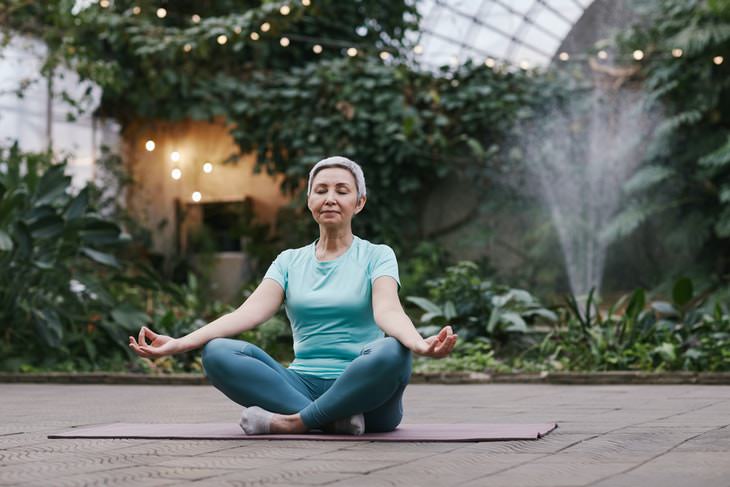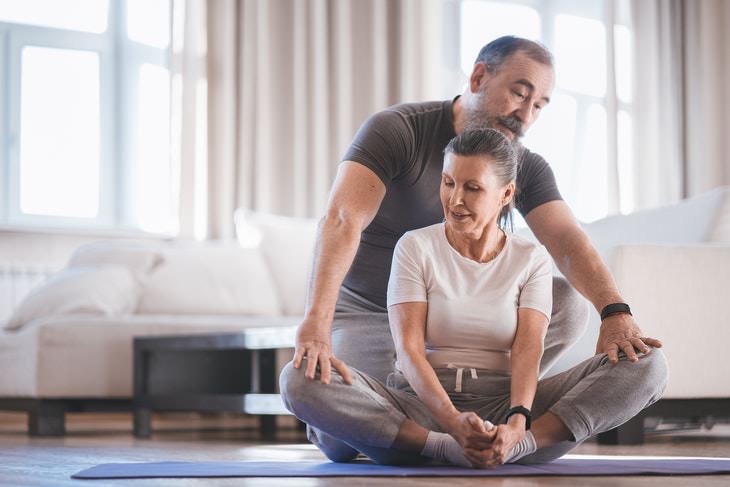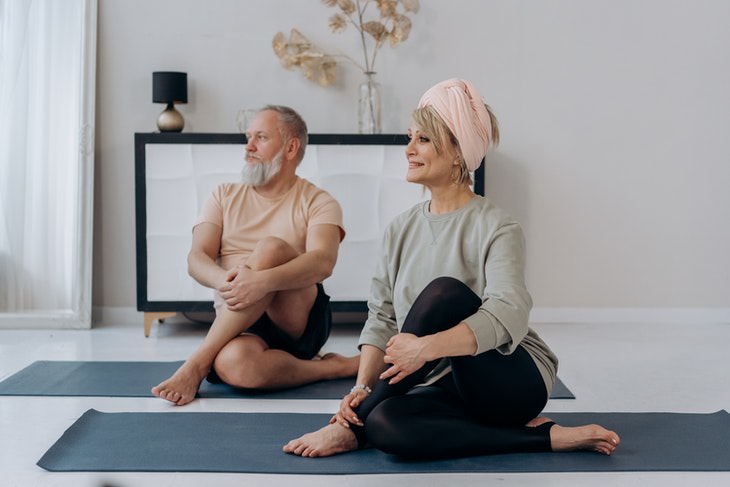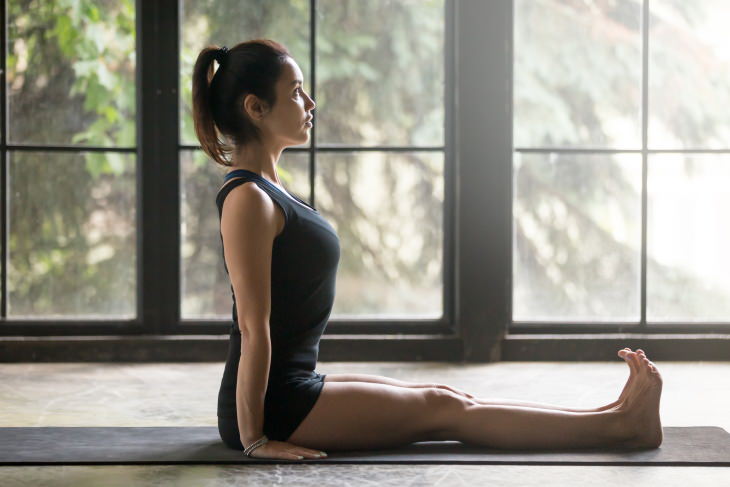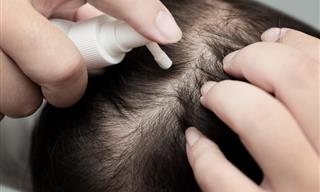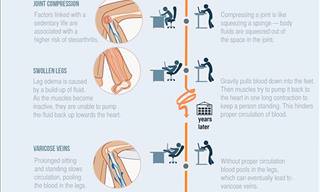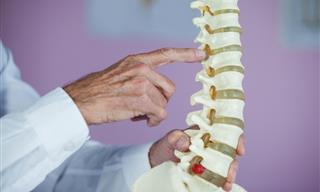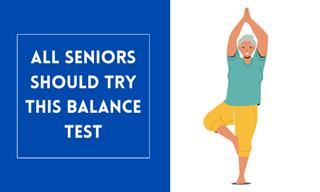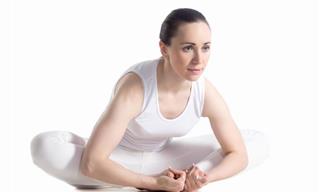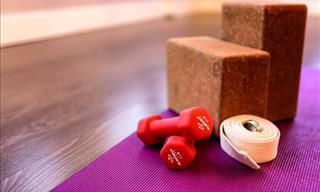The majority of exercises we mention in this article are based on yoga, and they can be easily completed while sitting on a carpet or seated in a chair or a stability ball. If sitting up straight in any of these exercises is difficult, sit on a folded blanket a yoga block, or a chair - this facilitates proper spinal alignment. Hold these positions around 5 deep breaths at a time, or around 30 seconds.
1. Easy Pose (Sukhasana)
What better way to start an exercise routine than a pose that is literally called ‘the easy pose’? This pose is often the beginning post in a yoga sequence, and it’s also the one most often used in meditation. The easy pose is considered to be a hip opener, and the main thing to note while performing it is proper spinal alignment. The spine or shoulders shouldn’t be rounded. If your lower back is curved and not straight, bolster your sits-bones with a blanket or block.
The exercise itself is pretty straightforward. Here are the steps:
1. Sit down with your legs crossed.
2. Engage your core and straighten your spine, open the chest, and pull your shoulders down.
3. Place your hands on the hips or knees - whichever is more comfortable. Relax your hips, legs, and feet as you breathe in and out.
2. Raised Arms Pose (Urdhva Hastasana)
The next pose is great for getting your blood pumping and start feeling your core, shoulders, and arms. In the long run, this pose will help your posture and prepare you for balancing core exercises. You can complete this pose anywhere - seated on the floor, on a stability ball, chair, or even the side of the couch. Follow these steps to complete the exercise:
1. Sit down in a comfortable position. Keep your hands on the hips.
2. As you inhale, raise your arms up and keep them up for 5 deep breaths. Really reach up and extend your entire spine, as if you were trying to grasp something from a high shelf. Engage your pelvic muscles to maintain a straight spine and take pressure off the arms and shoulders.
3. On an exhale, lower your arms and return to the initial position. Repeat 3-5 times.
3. Butterfly Pose (Baddha Konasana)
If you suffer from tight hips and lower back pain, this mobility exercise is sure to open your hips and stretch the thigh muscles. This exercise is best performed sitting down on the floor and propped up with a block, pillow, or folded blanket. This helps get a deeper stretch and protects the lower back as you’re opening the hips.
Avoid pushing down on the knees with your hands while doing this exercise. This may give you a deeper stretch, but it could hurt your spine or hips. Follow these steps to complete this pose:
1. Sit down with the knees bent and the soles of the feet together.
2. Bring the feet close to the body and let the knees extend out. Sitting up straight facilitates opening the knees out even further.
3. If your knees hurt, place a folded blanket, block, or pillow under each knee.
4. As you inhale, sit up as straight as you can. As you exhale, slowly start moving the torso forward until you begin to feel a deep stretch in the inner thighs while still maintaining a straight spine. Hold this position for 5 deep breaths, and then rise back up to the initial position.
4. Seated Forward Bend (Paschimottanasana)
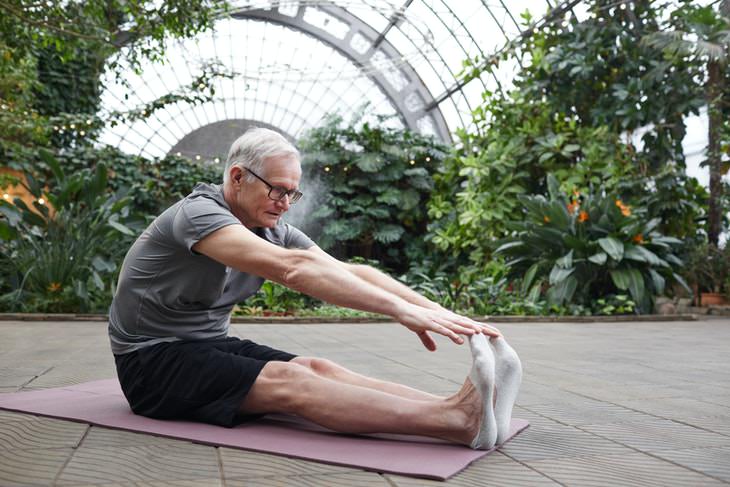
This exercise stretches the entire back body - starting from the back all the way to the hamstrings and calves. As a beginner, you may find it difficult to keep your legs straight and lower back flat, so feel free to either bend the legs in the knees or curve the spine. Rounding the spine will give you a deeper hamstring stretch, but bending the legs is considered safer for the lower back. Follow the instructions to complete the pose:
1. Sit down with legs stretched out forward and hands on the hips. On an exhale, lift your arms toward the ceiling.
2. On an exhale, reach your arms down and over your legs, rotating the pelvis forward.
3. Move as far forward as you can without feeling discomfort in the back or hamstrings. Don’t worry about reaching your hands with the feet. They can rest anywhere in-between: the ankles, calves, knees. You can also use a strap or belt around your feet for a more comfortable stretch.
4. Once you reach a comfortable but active stretch, relax and take 5 deep breaths. On the last inhale, return to the initial position.
5. Seated Twist (Ardha Matsyendrasana)
This stretch is especially beneficial for those who suffer from lower back pain, as it stretches the piriformis muscle that connects the glutes and the lumbar spine. It also improves mobility in the upper back, pelvis, and side body.
Keep in mind that all spinal twists should come from the upper and mid-spine. The lower back can become injured if you’ll try to twist it. Note that this position can also be done while sitting in a chair - this is an easier version. Follow these steps to complete the exercise:
1. Sit with your legs outstretched. Place the right foot under the left thigh.
2. Bend the left knee and place the left foot over the right thigh. If this is difficult, you can keep the right leg straight.
3. On an exhale, twist the upper body to the left. Try to maintain a straight lower back and hold the twist for 5 deep breaths.
6. Staff Pose (Dandasana)
When done correctly, this seemingly simple pose activates the entire body and improves postural awareness. This, in turn, will promote your sense of balance. To reap the maximal benefits from this posture, make sure to keep the entire body - including the arms, legs, glutes, and feet - activated while doing this pose.
It’s crucial to maintain a straight spine in this pose, so we recommend using a prop like a folded blanket or block under the glutes. Follow these steps to complete the pose:
1. Sit with your legs stretched out in front of you and hands or fingertips on the floor. Flex the feet to activate the legs.
2. Engage your pelvic muscles, let the shoulders move down, and push your hands against the floor to straighten the back even more. It’s a tiny move, but you will feel it.
3. Finally, make sure that your neck is in a neutral position and you’re not looking up or down. Keep the position for 5 deep breaths, then release.
7. Thunderbolt Pose (Vajrasana)

The tops of the thighs and feet are rarely stretched during everyday activities, so they’re usually quite tight. This pose stretches those muscles, as well as the side body and the shoulders. If sitting on the floor is tough on your knees or your sit-bones, sandwich blankets between the floor and you, and your bum and the calves. Here’s how to complete this posture:
1. Sit in a kneeling position with the tops of your feet flat to the floor. Keep the legs as close to each other as you can.
2. Straighten the spine, and then raise the right arm overhead. Reach the left arm behind your back and try to connect the two hands. You can also use a belt, scarf, or any other piece of fabric if your hands don’t touch.
3. Hold this position for 5 deep breaths and then release the hands. Rest in a cross-legged position, if needed, or repeat the same steps on the other side right away.
8. Chair Pigeon Pose (Eka Pada Rajakapotasana)
This final pose we will show you is best performed in a chair or stability ball if you’re a complete beginner. The pigeon pose is one of the best poses for pain in the hips and lower back. It boosts the mobility in the hip flexors, lower back, and releases tension in the groin area. It is also said to support digestion. Follow the video above or the steps described below to complete this posture:
1. Sit up straight in a chair. Lift the left leg and place the left ankle on the right thigh. Ideally, the knee and the ankle should be in line with each other.
2. On an exhale, start moving your torso forward to amplify the stretch. Keep the back straight and stop when the stretch feels too strong or you notice that your lower back is no longer straight.
3. Hold for 5 deep breaths. Then rise back up and place the left foot on the floor. Repeat on the other side.
Share these exercises with family and friends!
 Go to BabaMail
Go to BabaMail


